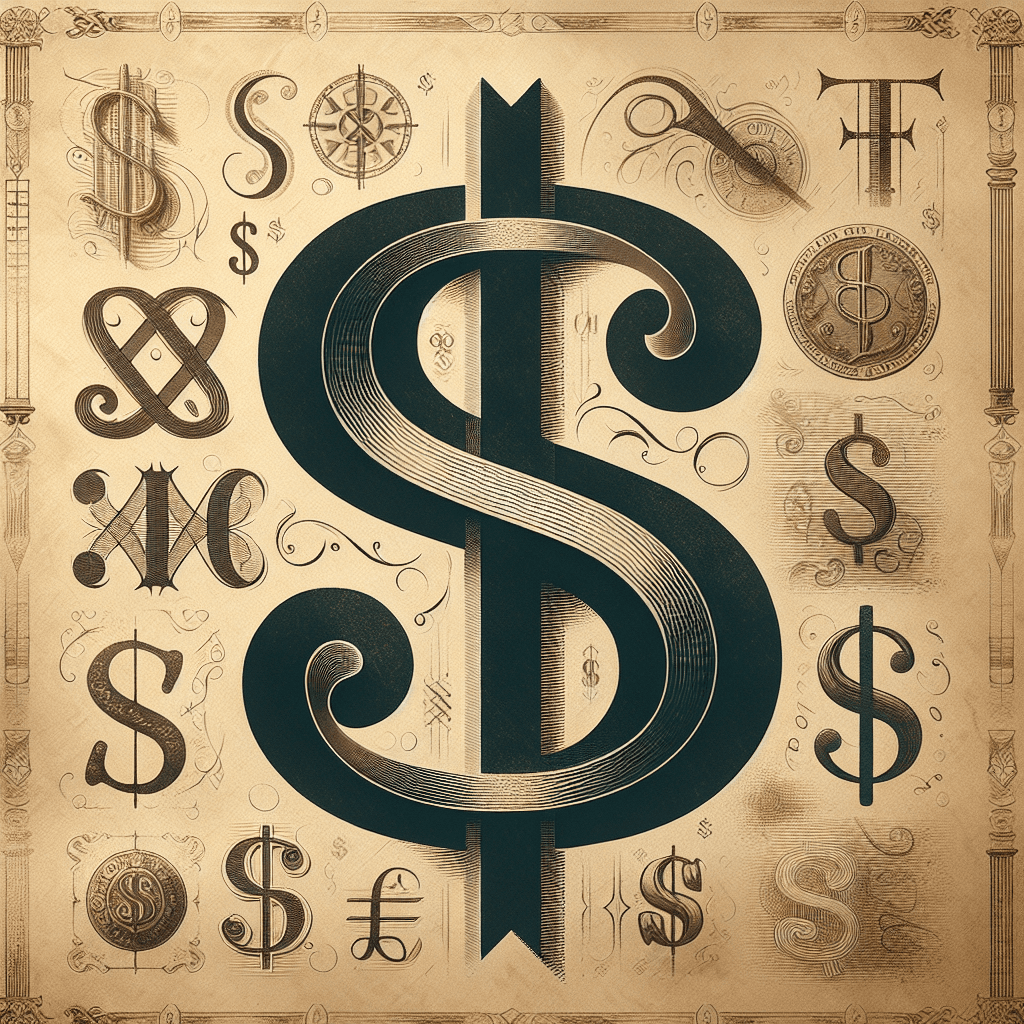Unraveling the Mystery: The True Origin of the Dollar Sign ($)
It's one of the most recognized symbols on the planet, but its ubiquitous nature belies a surprisingly debated and fascinating origin story rooted deep in colonial history.


Too Long; Didn't Read
The dollar sign ($) is a globally recognized symbol for money, but its actual origin is a debated historical mystery.
Unraveling the Mystery: Where Did the Familiar Dollar Sign Symbol ($) Actually Come From?
It's one of the most recognized symbols on the planet, instantly signifying currency, wealth, and commerce. We see it on price tags, keyboards, financial reports, and pop culture icons. But have you ever stopped to wonder, where did the familiar dollar sign symbol ($) actually come from? Its ubiquity belies a surprisingly debated and fascinating origin story, rooted deep in colonial history and the evolution of trade. While seemingly simple, this single symbol holds layers of history. This post will delve into the most credible theories and historical evidence to uncover the true beginnings of the dollar sign.
The Leading Contender: The Spanish Peso Connection
The most widely accepted and historically supported theory points directly to the Spanish dollar, also known as the "peso de ocho" or "piece of eight." Long before the United States established its own currency, these Spanish silver coins were the de facto currency throughout the Americas, including the British colonies.
From Manuscript Abbreviation to Global Symbol
Here’s how the evolution likely occurred:
- Widespread Use: Spanish pesos were dominant in trade. Merchants and bookkeepers needed a shorthand way to denote them in ledgers and correspondence.
- The Abbreviation: The plural form "pesos" was often abbreviated as "Ps".
- Manuscript Evolution: Historical documents, particularly from the late 18th century, show a common practice where clerks would write the 'P' directly over the 'S'. Over time, through hurried writing and simplification, this superimposed P and S began to merge.
- Simplification: The curved upper part of the 'P' gradually became a single stroke intersecting the 'S', resulting in something closely resembling the modern '$' symbol. Sometimes, the symbol appeared with two vertical lines (derived perhaps from the P's stem and the loop), though the single-stroke version became more common.
Evidence supporting this theory comes from the analysis of handwritten commercial documents from the era, which clearly show this gradual transition. Business records from British, American, and Mexican sources from the 1770s onward provide compelling visual examples of this evolution from "Ps" to "$".
Other Theories: Plausible but Less Supported
While the Spanish peso theory holds the most weight among historians and numismatists, other explanations have been proposed over the years.
The U.S. Origin
One theory suggested the symbol derived from superimposing the letters 'U' and 'S' for "United States." However, this theory lacks strong historical backing. The symbol was already in use before the United States officially adopted its currency in 1785, and well before the nation's identity was firmly established in global trade. Early usage often referred explicitly to Spanish currency, not the nascent U.S. dollar.
The Pillars of Hercules
Another romantic theory links the symbol to the Pillars of Hercules, an ancient geographical reference to the Strait of Gibraltar. Spanish silver coins often depicted these pillars as two vertical lines, sometimes with a banner (representing "Plus Ultra," meaning "further beyond") winding around them in an 'S' shape. While visually similar, especially to the double-stroked version ( S ), direct manuscript evidence showing merchants consciously using this motif as a currency shorthand is scarce compared to the evidence for the peso abbreviation.
Roman Roots?
A less common theory traces it back to the Roman sestertius, which was denoted by 'HS'. Over time, it's suggested the 'H' and 'S' merged. However, the vast chronological gap and lack of continuous usage make this highly speculative.
Cementing its Place
Regardless of the precise evolutionary path, the symbol gained traction rapidly. By the time the United States Mint Act of 1792 established the U.S. dollar, basing its value partly on the Spanish peso, the '$' symbol was already a familiar shorthand in financial ledgers. Its adoption for the official American currency cemented its status, and it eventually became synonymous with money worldwide, adopted by various other nations for their own currencies.
Conclusion: A Symbol Born from Trade
So, where did the familiar dollar sign symbol ($) actually come from? The historical consensus strongly points to an evolutionary shorthand born out of necessity. It most likely emerged from the abbreviation "Ps" for the Spanish peso, the dominant currency in the Americas during the colonial era. Manuscript evidence clearly tracks its transformation from superimposed letters in merchant ledgers to the clean, universally recognized symbol we use today. While other theories exist, they lack the robust historical paper trail of the peso connection. The dollar sign is more than just a mark on a keyboard; it's a relic of global trade history, a testament to how practical needs shape the symbols we use every single day.


